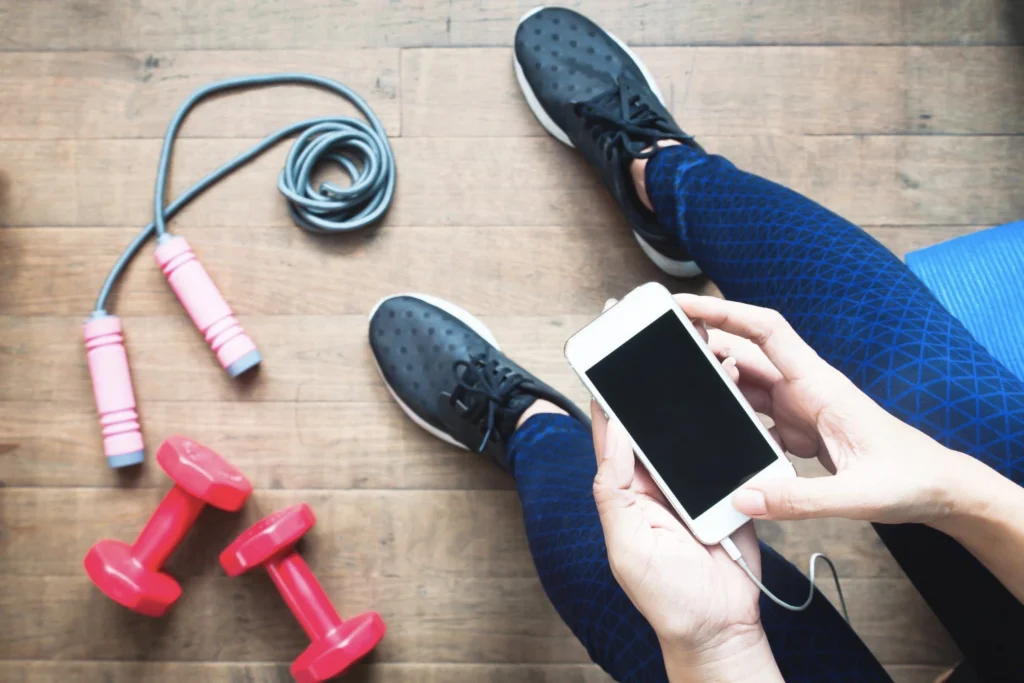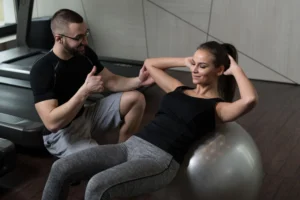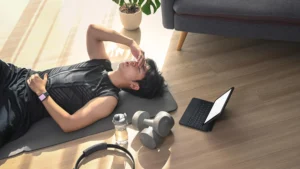Fitness technology: apps and gadgets to help you achieve your goals

The modern world is rapidly moving forward, and what seemed to be the preserve of professional athletes or the privilege of elite training centers just ten or twenty years ago is now available to everyone. The development of fitness technology has radically changed the approach to physical activity, nutrition, progress analysis, and goal achievement. Smartphone apps, fitness trackers, smart watches, smart scales, and other gadgets have become an everyday part of life for millions of people around the world.
How fitness apps are changing our approach to training
Today, mobile apps are a complete toolkit that allows you to not only plan and monitor your physical activity, but also track your sleep, stress, nutrition, and overall well-being. Thanks to them, fitness has become personalized and accessible to everyone.
Apps such as Nike Training Club and Freeletics offer ready-made training programs and instructions tailored to the user’s level of fitness and goals. This makes independent training safe and effective. For runners and cyclists, services such as Strava and Runtastic are popular, which record routes, pace, distance, and allow you to compare your progress with other participants.
Nutrition control is another important aspect. Programs such as MyFitnessPal and Lifesum allow you to track calories and macronutrient ratios and integrate with fitness devices. This way, data on energy expenditure and consumption is consolidated into a single system. Meditation and relaxation apps such as Headspace complete the picture, helping you improve your sleep, reduce stress, and maintain your mental and emotional balance.
The role of fitness gadgets in mindful training
Fitness gadgets have taken the training process to a new level. Bracelets and smart watches from Apple, Garmin, Xiaomi, and Fitbit track heart rate, activity, sleep quality, oxygen levels, and other metrics. Integration with apps allows you to analyze changes in real time and adjust your training regimen.
Modern smart scales, such as Tanita or Withings, assess body composition: muscle, fat, and water percentage, as well as calculate body mass index and biological age. This helps you better understand how your body responds to training and diet. In turn, motion control gadgets such as Push Band allow athletes to improve their exercise performance, reducing the risk of injury and increasing efficiency.
Smart exercise machines equipped with internet platforms offer virtual workouts with feedback. You can compete with other participants online, train in the mountains or on tracks without leaving your home.
The reality of the future: virtual and augmented technologies
Virtual and augmented reality are no longer futuristic concepts and are increasingly entering the world of fitness. With VR headsets, users can perform exercises in a fully immersive environment — fighting, dancing, or participating in adventures. Such workouts are especially suitable for those who find standard approaches boring.
AR technologies allow visual instructions to be superimposed on a real image: during exercise, you can see how your body should move, what breathing rhythm to follow, and what indicators to keep under control. This is especially useful for beginners and those who train at home without a trainer.
Artificial intelligence: a new level of personalization
AI programs analyze data on physical activity, sleep, nutrition, and the body’s response to exercise, and use this information to generate personalized recommendations. They adapt your training plan, warn you about overexertion, and suggest optimal combinations of different types of exercise. Such technologies are used in apps such as Future and AiFit.
Voice assistants become your virtual coaches — they give tips, correct your technique, remind you to take breaks, and keep you motivated. Thanks to them, workouts become less screen-dependent and more natural.
Social support and data security
Fitness today is not just about health, but also about community. Online challenges, interest clubs, common goals, and competitions keep you interested and disciplined. Apps create an atmosphere of competition and collective motivation.
However, when using digital solutions, it is important to remember about privacy. Platforms are paying more and more attention to encryption, and users can choose for themselves what information to share and with whom.
How not to get lost in the variety of technologies
The key to success is making an informed choice. Before downloading the next app or buying a gadget, decide what you want to achieve: do you want to lose weight, get in shape, or improve your well-being? Start with your goal when choosing a tool. Begin with something simple, test the functionality, monitor the results, and gradually move on to more advanced solutions.
Technology cannot replace discipline and the desire to improve, but it can be a powerful ally on the path to physical and mental well-being.
Our website uses modern tools to help you achieve results quickly, conveniently, and effectively. We combine technology and human attention to ensure that every step toward your goal is confident and meaningful.





